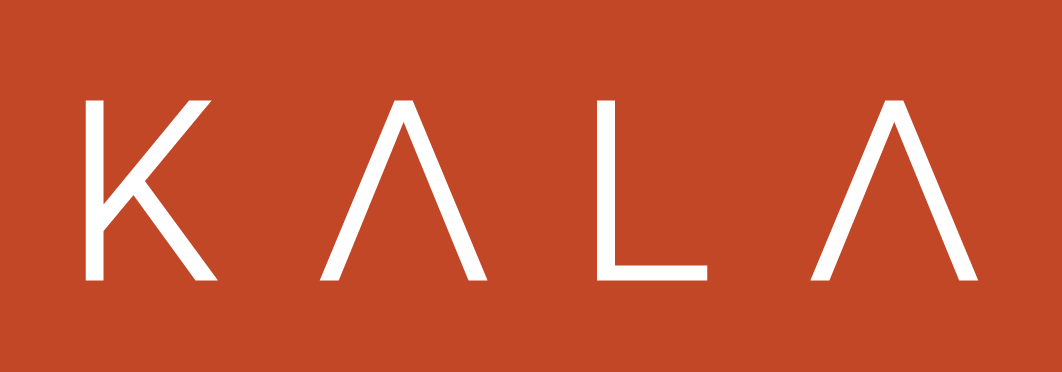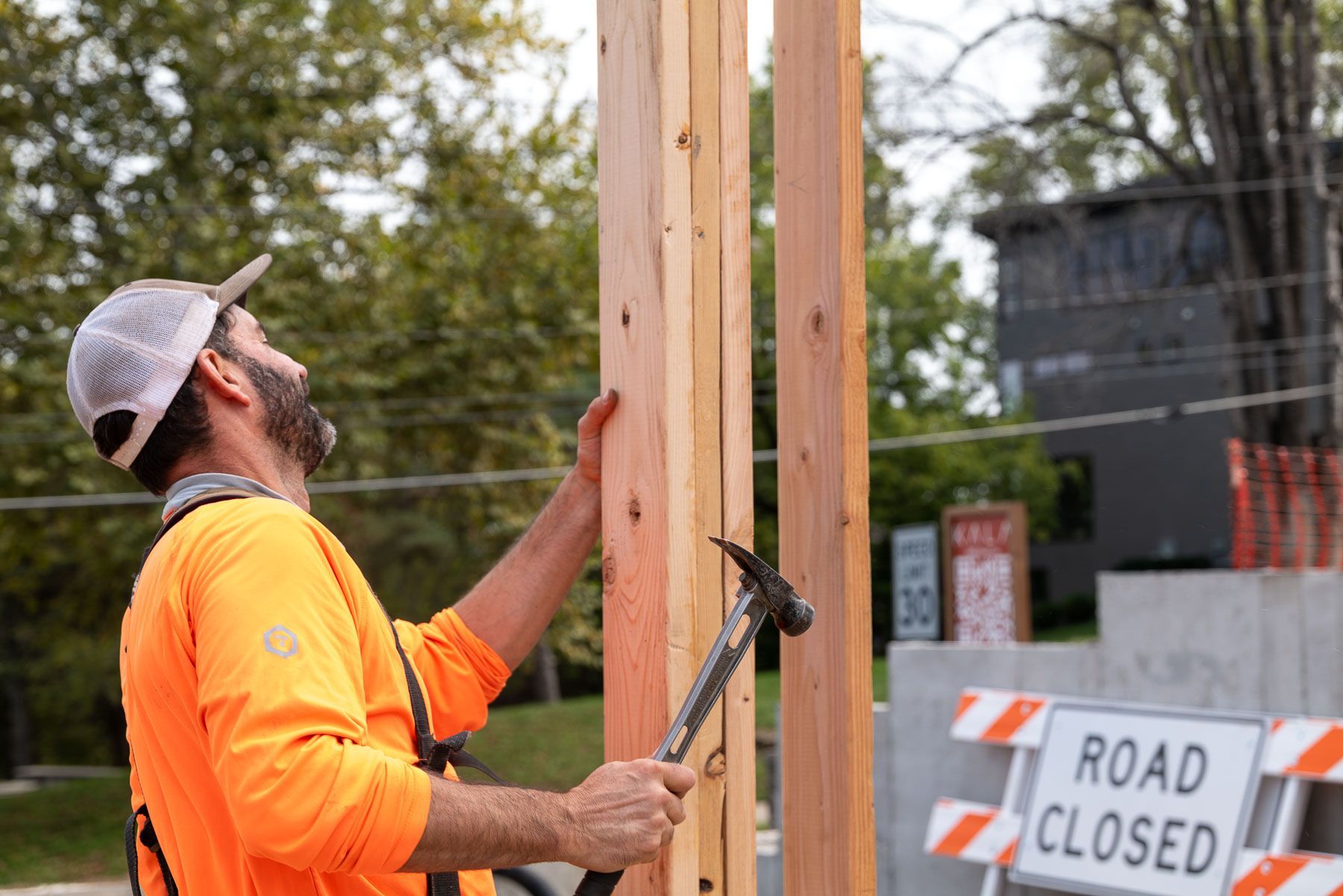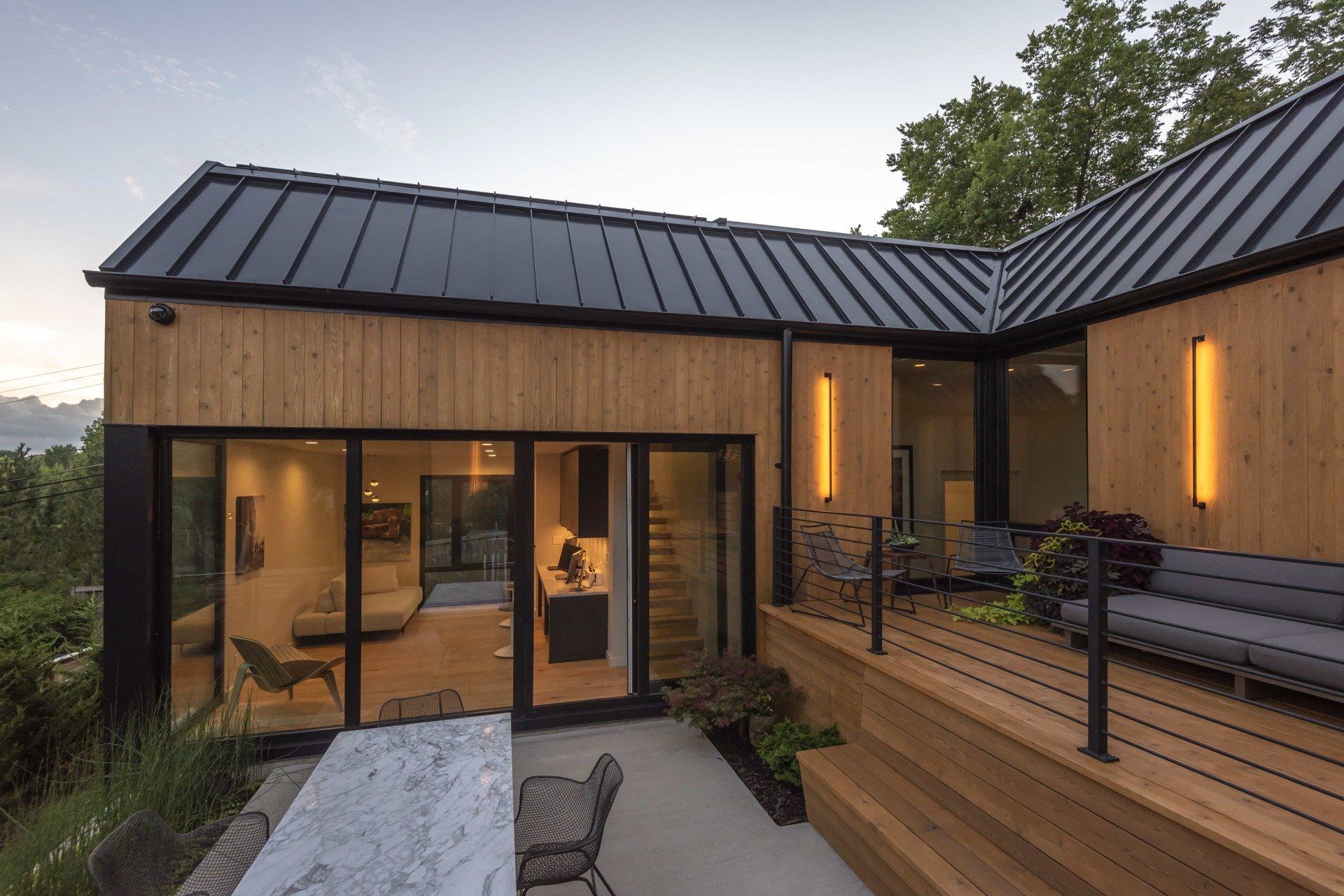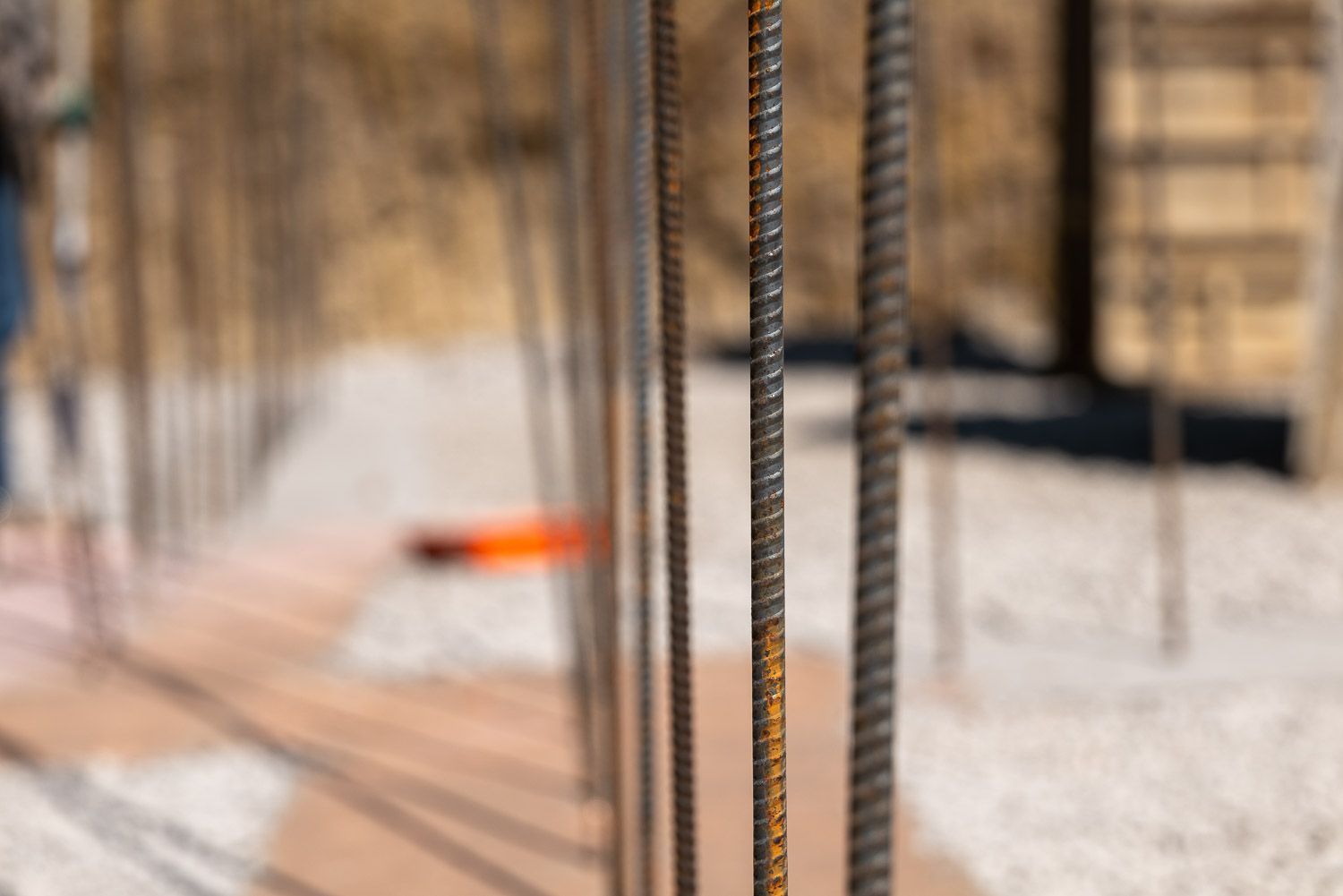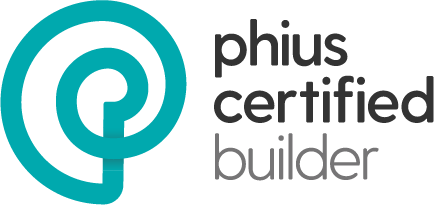High Performance Building Standards Explained

Energy Efficient, Green, and High-Performance Building Standards Explained
If you’ve been looking into a high-performance home building or renovation project, you might well be baffled by the sheer number of certifications and standards out there competing for your attention. To help you sort through them, we’ve created this quick guide that gets past the jargon and gives you a brief overview of each so you can make more informed choices.
Passive House
Initially created as Passivhaus in Germany, Passive House is a set of standards that create healthy, sustainable, durable, and comfortable homes. Overseen by Phius in the US, Passive House principles emphasize airtightness, thermal control through a high-performance enclosure and thermal bridge elimination, and air control via balanced ventilation (with heat and moisture recovery). Passive House construction also requires radiation control with high-performance glazing and shading/daylighting (which can include passive solar), plus moisture control.
Homes built to Passive House standards perform up to 85 percent better than traditional homes, last longer with lower maintenance, reduce energy use and utility bills, and offer greater wellbeing and comfort. Built to high construction standards, Passive House homes often check all the boxes for Energy Star, Net-Zero, and others on this list. The same cannot be said in reverse, as such certifications don’t require the use of Passive House principles.
LEED Certified
Created by the U.S. Green Building Council (USGBC) in 1998, LEED (Leadership in Energy and Environmental Design) is one of the longest-standing and most widely used green building certifications. Globally recognized as a gold standard for sustainability, LEED buildings must complete prerequisite requirements before a building project begins. The project team then selects from a list of criteria they want the house to be evaluated on, with the post-construction scorecard determining the level of certification achieved. LEED v4.1 is the latest standard for residential projects. Most LEED-certified homes use 20 to 30 percent less energy.
Energy Star
You’ve probably come across the Energy Star logo when shopping for new appliances. Did you know that it can also be applied to houses? Energy Star homes are certified by the Environmental Protection Agency (EPA). They’re at least 15 percent more efficient than traditionally built options, thanks to better thermal enclosure, heating and cooling, water management and – you guessed it – more efficient appliances and lighting. Energy Star certified homes typically fetch six percent more when resold and can qualify buyers for Energy Efficient Mortgages (EEMs).
HERS
Even with all these certifications, it can be hard to know how energy efficient a new home is compared to others on the market. That’s where HERS comes in. Created by Residential Energy Services Network (RESNET®), HERS is short for Home Energy Rating System. The HERS Index is a scale, and the lower the number, the better. After construction is complete a certified RESNET Home Energy Rater evaluates the energy efficiency of a house compared to a reference home that’s the same shape, size, and type. They then provide a relative performance score as a HERS Index number. The typical new home built to 2006 energy efficiency standards has a HERS rating of 100, while the average resale comes in at 130 (although it could be much higher). By comparison, a Kala project built to Passive House standards in Kansas City’s Beacon Hill neighborhood had a HERS rating of 32, making it 68 percent more efficient than the average new home. We’ve gone more in depth on HERS in another blog, click here to read more.
Living Building Challenge
Created by the International Living Future Institute (ILFI), the Living Building Challenge is divided into seven areas: place, water, energy, health and happiness, materials, equity, and beauty. These are then separated into a total of 20 imperatives. According to ILFI’s website, the fourth iteration of the Living Building Challenge – LBC 4.0 – aims to “Create buildings that generate more energy than they use, capture and treat all water on site, and are made using healthy materials.”
Net-Zero Energy or Energy Plus
A Net-Zero Energy (also known as (or Zero-Net Energy or ZNE) house utilizes renewable sources to produce as much energy as it uses in a year. This can sometimes extend to powering electric vehicles too. The State of California has outlined the ambitious aim of making all newly built homes conform to Net-Zero Energy standards by 2030. Per the Office of Energy Efficiency and Renewable Energy, “A DOE Zero Energy Ready Home is a high-performance home that is so energy efficient that a renewable energy system could offset most or all the home's annual energy use.”
Energy Plus homes (aka Efficiency-Plus House or Plus-Energy House) are not merely self-sufficient, but actually create more energy from renewable sources like active solar than they use. This can be sold back to utility companies or sometimes stored.
To learn more about high-performance homes built to Passive House standards in the Kansas City area, contact us today.
